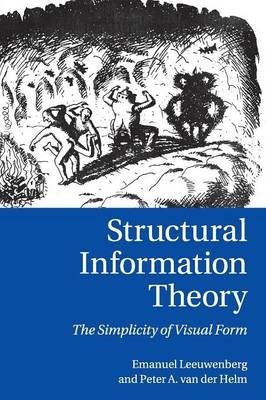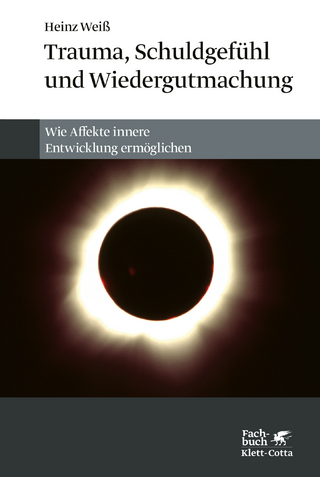
Structural Information Theory
Cambridge University Press (Verlag)
978-1-107-53175-8 (ISBN)
Structural information theory is a coherent theory about the way the human visual system organises a raw visual stimulus into objects and object parts. To humans, a visual stimulus usually has one clear interpretation even though, in theory, any stimulus can be interpreted in numerous ways. To explain this, the theory focuses on the nature of perceptual interpretations rather than on underlying process mechanisms and adopts the simplicity principle which promotes efficiency of internal resources rather than the likelihood principle which promotes veridicality in the external world. This theoretically underpinned starting point gives rise to quantitative models and verifiable predictions for many visual phenomena, including amodal completion, subjective contours, transparency, brightness contrast, brightness assimilation and neon illusions. It also explains phenomena such as induced temporal order, temporal context effects and hierarchical dominance effects, and extends to evaluative pattern qualities such as distinctiveness, interestingness and beauty.
Dr E. L. J. Leeuwenberg is Emeritus Associate Professor at the Donders Institute for Brain, Cognition and Behaviour at Radboud University Nijmegen, The Netherlands. Peter A. van der Helm received his Bachelor's degree in Fundamental Mathematics (1979) and Master's degree in Numerical Mathematics (1981, Cum Laude) from the Department of Applied Mathematics at the University of Twente, and his PhD in Social Sciences (1988, Cum Laude) from the Department of Cognitive Psychology at Radboud University Nijmegen. He has been a Fellow of both the Netherlands Organisation for Scientific Research and the Royal Netherlands Academy of Arts and Sciences. He continued his research as Assistant Professor at the Donders Institute for Brain, Cognition and Behaviour at Radboud University Nijmegen, and is now Visiting Professor at the Laboratory of Experimental Psychology, University of Leuven. His research on human vision is pre-eminently multidisciplinary and resulted in theoretical and empirical articles which have been published in leading journals. His broad interest is also reflected in his activities to enhance public awareness of the plight of West-Malaysian indigenous people, called Orang Asli.
Introduction; Part I. Towards a Theory of Visual Form: 1. Borders of perception; 2. Attributes of visual form; 3. Process versus representation; 4. Models and principles; 5. Assumptions and foundations; Part II. Applications to Visual Form: 6. Formal coding model; 7. A perceptual coding manual; 8. Preference effects; 9. Time effects; 10. Hierarchy effects; Part III. Extensions: 11. Perception beyond SIT; 12. SIT beyond perception; Overview; Conclusion.
| Zusatzinfo | 2 Tables, black and white; 1 Halftones, unspecified; 136 Line drawings, unspecified; 4 Line drawings, color |
|---|---|
| Verlagsort | Cambridge |
| Sprache | englisch |
| Maße | 230 x 150 mm |
| Gewicht | 490 g |
| Themenwelt | Geisteswissenschaften ► Psychologie ► Allgemeine Psychologie |
| Geisteswissenschaften ► Psychologie ► Verhaltenstherapie | |
| Mathematik / Informatik ► Informatik ► Theorie / Studium | |
| Naturwissenschaften ► Biologie ► Zoologie | |
| ISBN-10 | 1-107-53175-6 / 1107531756 |
| ISBN-13 | 978-1-107-53175-8 / 9781107531758 |
| Zustand | Neuware |
| Haben Sie eine Frage zum Produkt? |
aus dem Bereich


